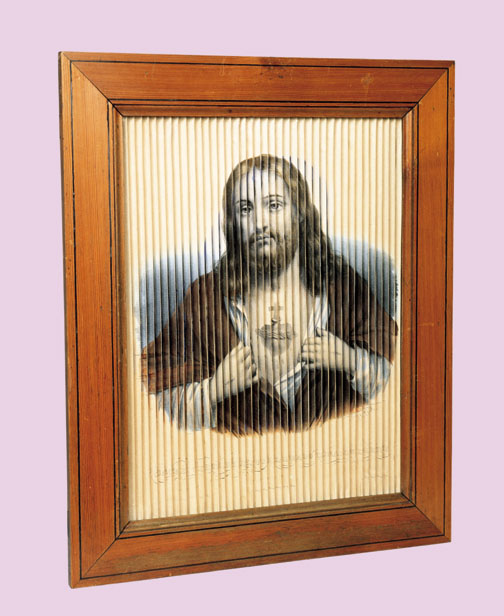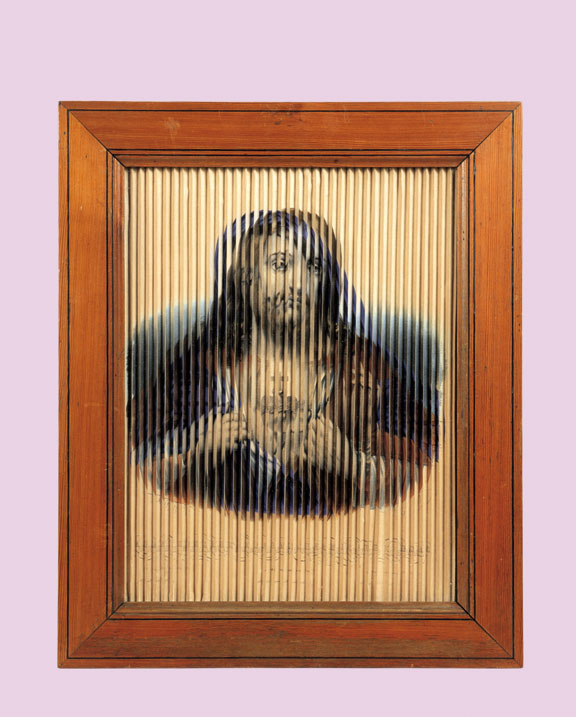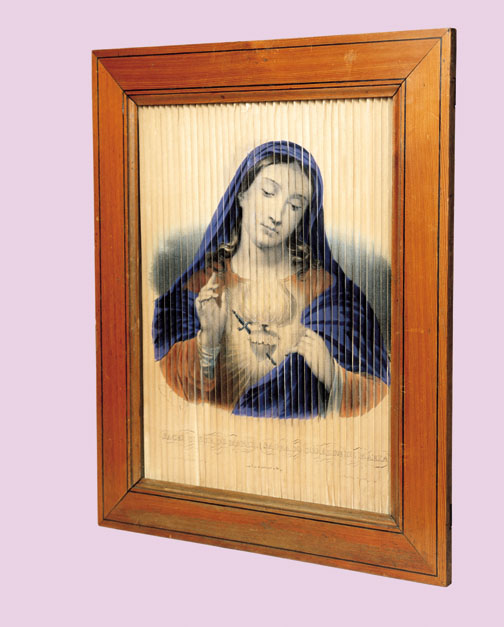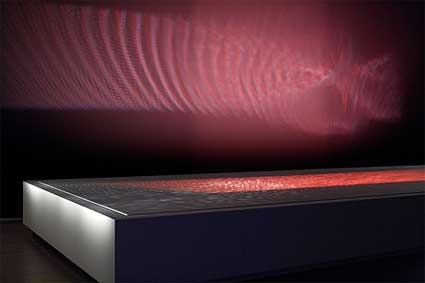 "U.S. Air Force Maj. Richard Benson (left) examines Ham the chimpanzee on January 31, 1961, after the ape attained suborbital spaceflight aboard a Mercury-Redstone rocket. The animal was found to be fatigued and dehydrated but otherwise healthy.Nine months later another chimp, Enos, became the first chimp to orbit Earth, setting the stage for the first U.S. human orbital spaceflight in 1962."
"U.S. Air Force Maj. Richard Benson (left) examines Ham the chimpanzee on January 31, 1961, after the ape attained suborbital spaceflight aboard a Mercury-Redstone rocket. The animal was found to be fatigued and dehydrated but otherwise healthy.Nine months later another chimp, Enos, became the first chimp to orbit Earth, setting the stage for the first U.S. human orbital spaceflight in 1962."
 "No, rhesus monkey Sam isn't shilling for Oscar Mayer. Wearing a hot dog-shaped "contour couch," Sam launched aboard a Mercury spacecraft in December 1959, following in the paw steps of monkeys Baker and Able, who made their historic mission 50 years ago this week. Sam's mission was to test the craft's launch escape system. About a minute into the flight, Sam's capsule was ejected from the rocket. After soaring 51 miles (82 kilometers) above Earth, the capsule landed in the Atlantic Ocean, where Sam, unhurt, was recovered. The monkey was later returned to a training colony, and he lived until 1982."
"No, rhesus monkey Sam isn't shilling for Oscar Mayer. Wearing a hot dog-shaped "contour couch," Sam launched aboard a Mercury spacecraft in December 1959, following in the paw steps of monkeys Baker and Able, who made their historic mission 50 years ago this week. Sam's mission was to test the craft's launch escape system. About a minute into the flight, Sam's capsule was ejected from the rocket. After soaring 51 miles (82 kilometers) above Earth, the capsule landed in the Atlantic Ocean, where Sam, unhurt, was recovered. The monkey was later returned to a training colony, and he lived until 1982." "May 29, 2009--A squirrel monkey named Baker peers out from a 1950s NASA biocapsule as she's readied for her first space mission. Baker and a rhesus monkey named Able launched aboard a Jupiter AM-18 rocket on May 28, 1959—50 years ago this week. The pair returned to Earth alive after a 15-minute flight, becoming the first primates to survive a trip into space. Miss Baker, as she came to be known, spent the latter part of her life at the U.S. Space and Rocket Center in Huntsville, Alabama. She died of kidney failure in 1984 at the ripe old age of 27. Ten years earlier a rhesus monkey named Albert II had become the first living monkey in space, but he died on impact when he returned to Earth."
"May 29, 2009--A squirrel monkey named Baker peers out from a 1950s NASA biocapsule as she's readied for her first space mission. Baker and a rhesus monkey named Able launched aboard a Jupiter AM-18 rocket on May 28, 1959—50 years ago this week. The pair returned to Earth alive after a 15-minute flight, becoming the first primates to survive a trip into space. Miss Baker, as she came to be known, spent the latter part of her life at the U.S. Space and Rocket Center in Huntsville, Alabama. She died of kidney failure in 1984 at the ripe old age of 27. Ten years earlier a rhesus monkey named Albert II had become the first living monkey in space, but he died on impact when he returned to Earth."
IMAGES AND TEXT FROM http://news.nationalgeographic.com/news/2009/05/photogalleries/space-monkeys-fifty-years/Before humans actually went into space, one of the prevailing theories of the perils of space flight was that humans might not be able to survive long periods of weightlessness. For several years, there had been a serious debate among scientists about the effects of prolonged weightlessness. American and Russian scientists utilized animals - mainly monkeys, chimps and dogs - in order to test each country's ability to launch a living organism into space and bring it back alive and unharmed.THIS TEXT FROM http://history.nasa.gov/animals.html,,,,,,,,,,,,,,,,,,,,,,,,,,,,,,,,,,,,,,,,,,,,,,,,,,,,,,,,,,,,,,,,,,,,,Monkeys In Space,,,,,,,,,,,,,,,,,,,,,,,,,,,,,,,,,,,,,,,,,,,,,,,,,,,,,,,,,,,,,,,,,,,,
I find this relevent because of the communication that must go with the people watching the monkeys.. having communication so the humans know whats going on. I cant find much about the communication, and how they keeped watch, watched data, but im pretty sure they did. although it is really sad!



.jpg)













































